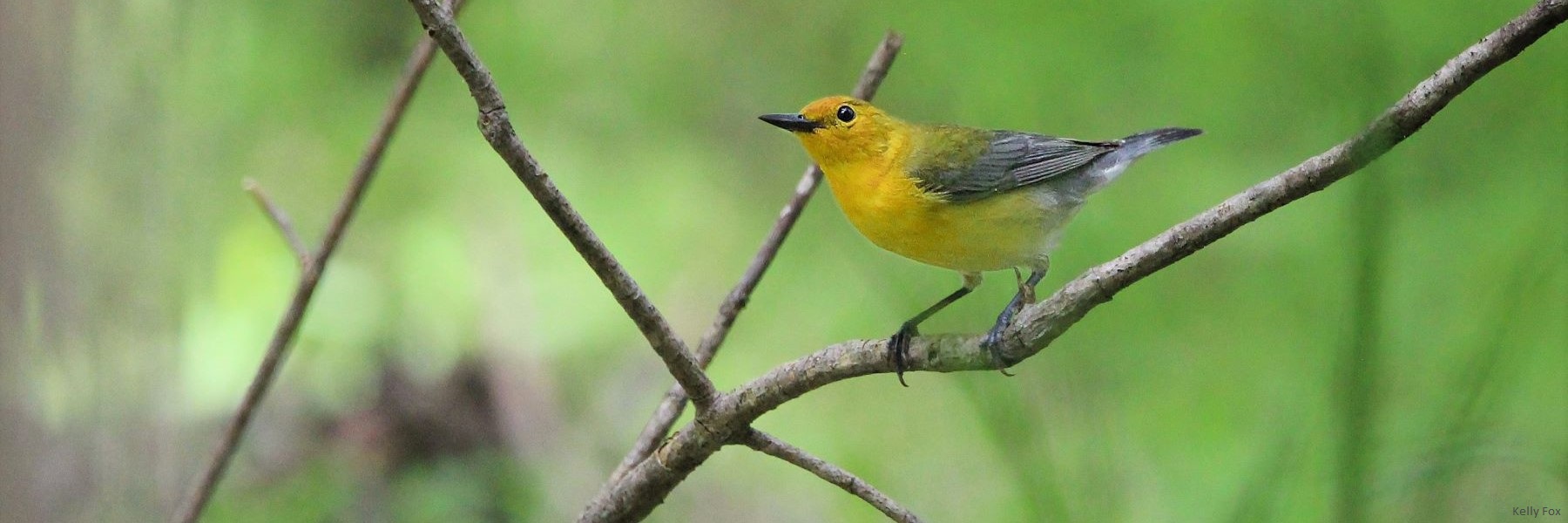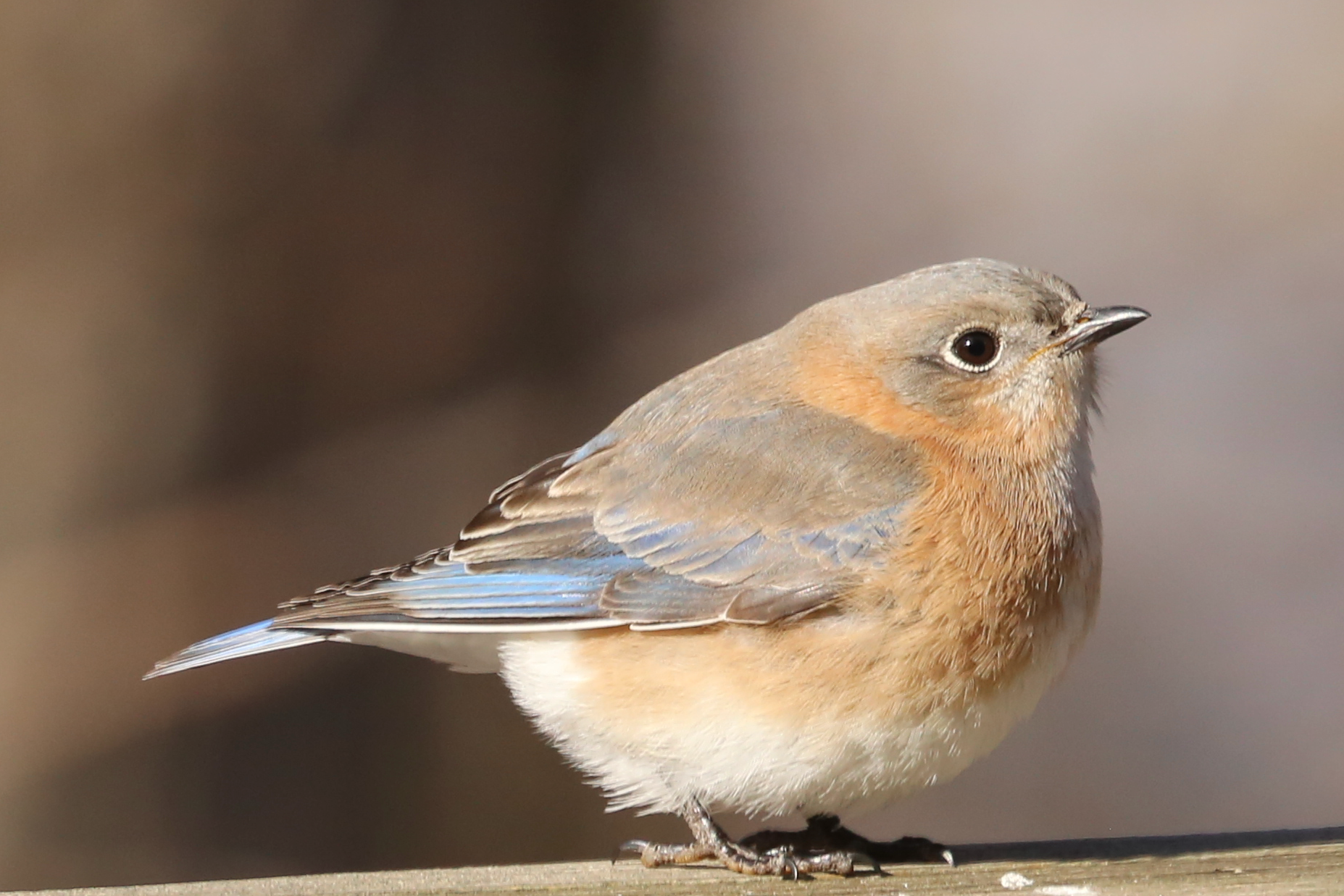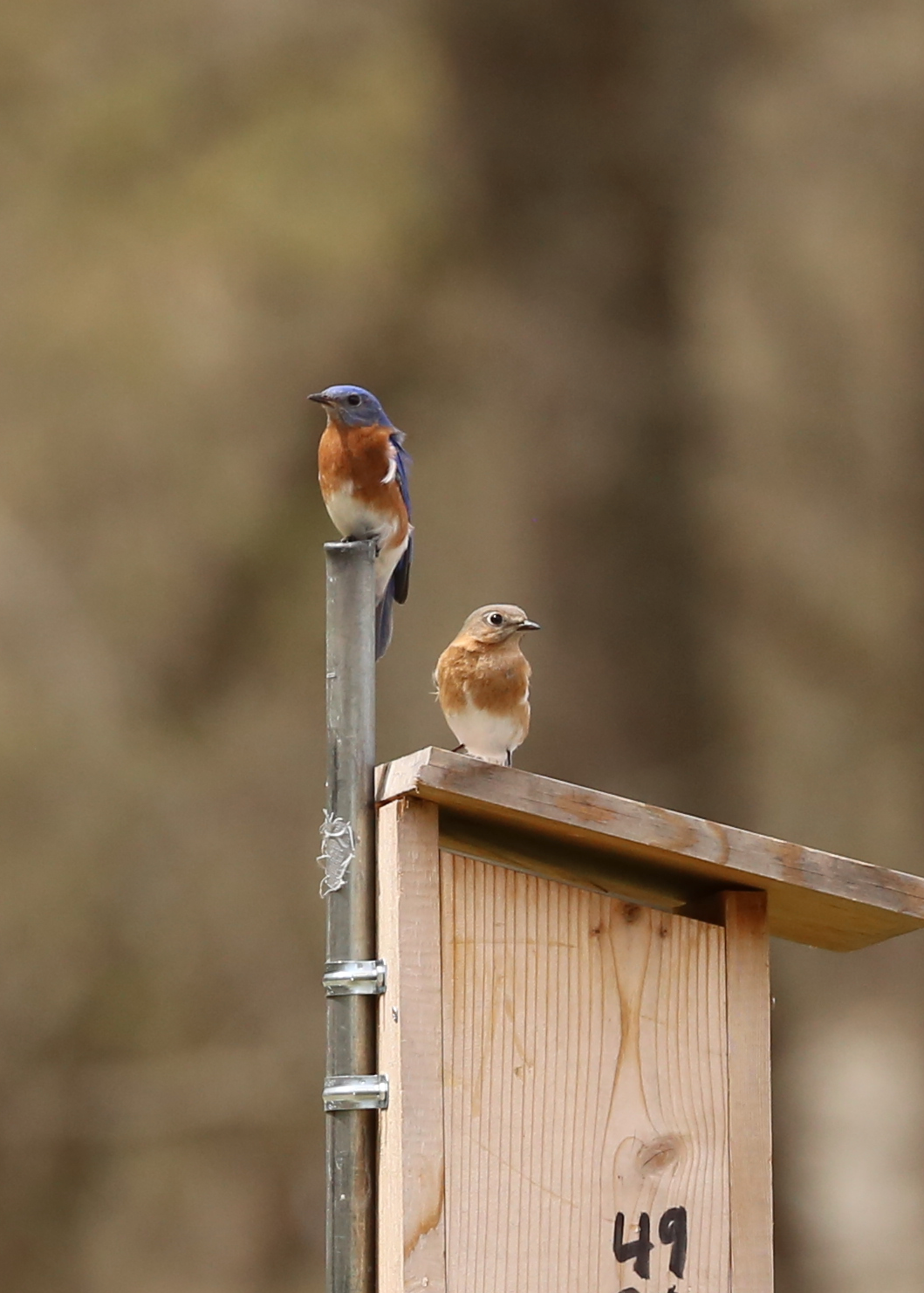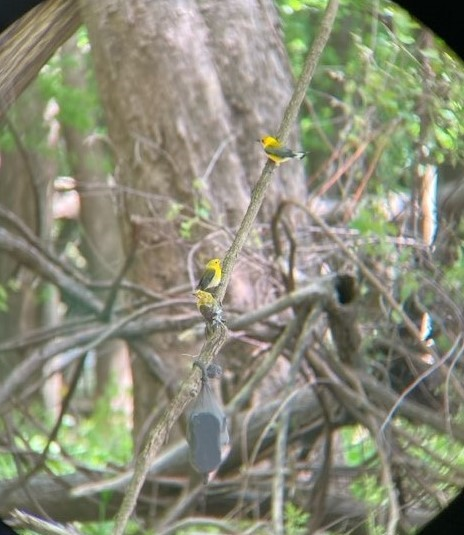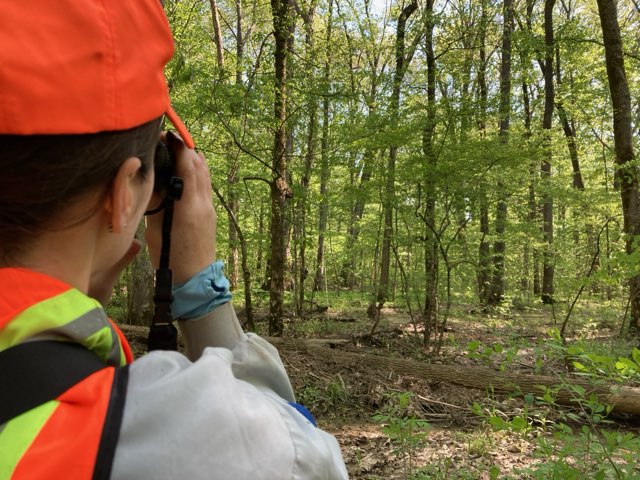Consistent individual differences in behavior have long captivated evolutionary biologists. Individual differences are important because they shape the potential for plasticity and the pace of evolutionary change. Yet our understanding of the neurogenomic mechanisms that give rise to stable individual differences is still in its infancy.
Female tree swallows vary markedly in their aggressiveness, and our NSF CAREER grant funds research to test competiting hypotheses on the neurogenomic mechanisms that give rise to these individual differences. Is the aggressive brain pre-primed for aggression? Is the aggressive brain especially sensitive to social stimulation? Do the neurogenomic mechanisms that differentiate high and low aggression individuals also differentiate high and low aggression species? Stay tuned for new results coming soon!
When populations of species or sexes face different competitive regimes, we should expect natural selection differentiates competitive traits like aggressiveness. We also should expect this process to shape the specific mechanisms underlying competitive traits in males (Rosvall 2016) and in females (Rosvall 2013). When these selective pressures vary repeatedly across the tree of life, this provides an exceptional opportunity to quantify the mechanisms underlying natural selection.
Our NSF CAREER grant leverages the repeated, independent evolution of obligate cavity-nesting birds to test the hypothesis that the shared pressure to compete drives convergent behavioral evolution via convergent gene regulatory changes in the brain. Results support the hypothesis of behavioral convergence, with higher levels of territorial aggression in obligate cavity-nesters, particularly females. Neurogenomic analyses also show that convergence in complex behavior arises via a combination of convergent and lineage-specific changes in the brain. In essence, there may be many ways for nature to build an aggressive bird. biorxiv preprint.
In collaboration with former postdoc Sara Lipshutz, we are also using neurogenomics to disentagle the effects of sex and sex role in the polyandrous Jacana system. Check out Sara’s page for details as they unfold!


